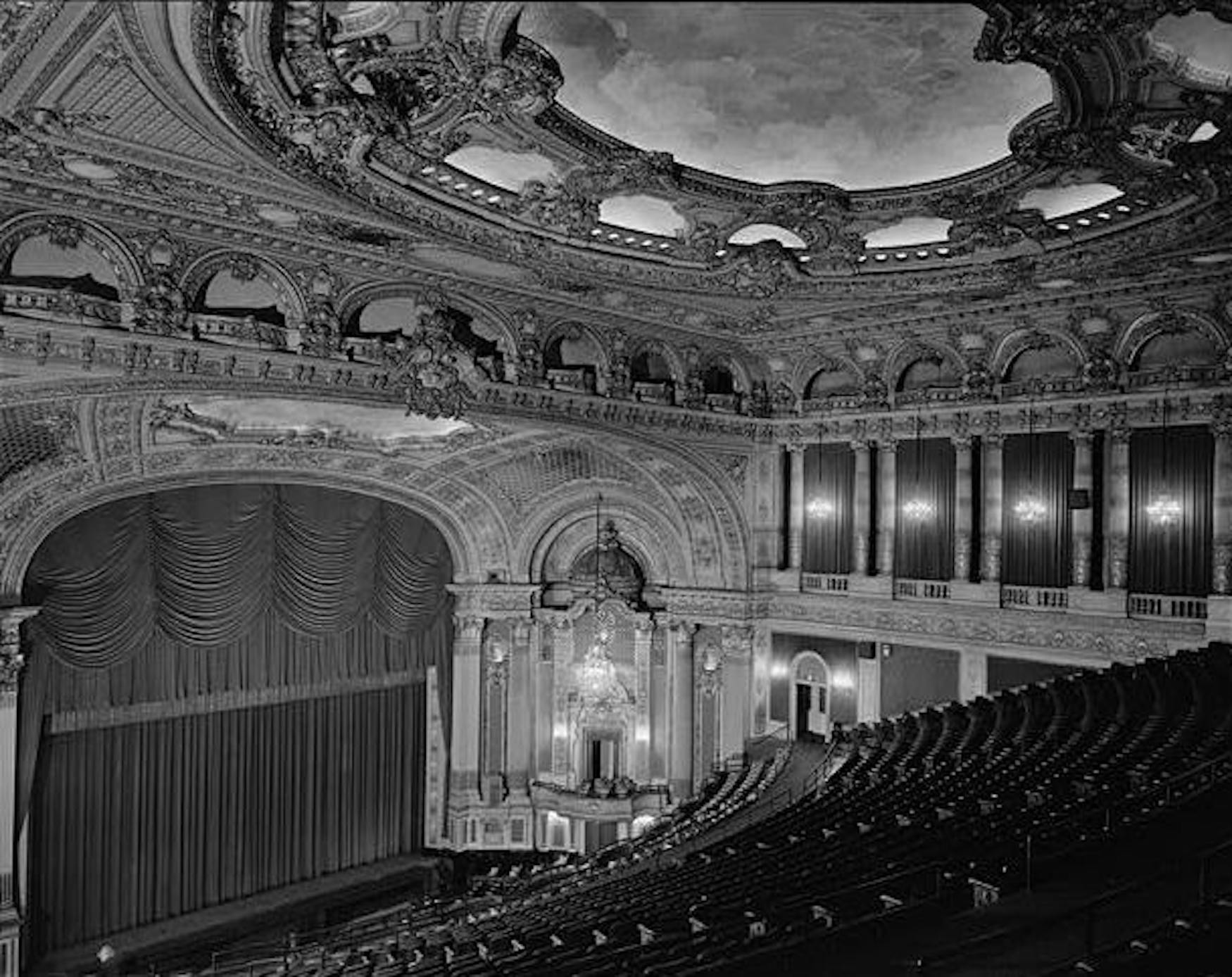Boston Ballet stages Mikko Nissinen'’s new ‘Swan Lake’
The Boston Ballet company’s artistic director, Mikko Nissinen, redefined the timeless classic production of Swan Lake at its opening this Thursday. Nissinen added to Marius Petipa and Lev Ivanov’s original choreography.
The story of Swan Lake follows Odette, a young girl who is kidnapped by the evil sorcerer von Rothbart. Rothbart turns Odette and her friends into swans, with Odette serving as the swan queen. There is only one way to break Rothbart’s spell—if a young man promises to marry Odette, then she and her friends will be free.
Dancing Swan Lake is no easy feat, even for a company’s best dancers. Many principal dancers cite playing Odette/Odile as their hardest role, because the dancer must portray two completely different characters in one performance. For the Nov. 1 matinee performance, Misa Kuranaga played Odette, the good swan, and her alter ego Odile, the evil swan. Jeffrey Cirio danced the role of Prince Seigfried and Lasha Khozashvili played von Rothbart. Principal dancers and soloists change roles for every performance, while the corps de ballet generally keeps their chorus roles throughout the run.
By the time the prince’s solo arrived in the first act, Nissinen’s influence on the choreography was clear. The prince’s solo had classical aspects, with an emphasis on smooth and turned out connecting steps and fifth position. However, Cirio’s solo’s deliberately off-center turns and delayed arm movements signified it as a reworking of the classical dance score. The overall effect was refined and expansive without being overwhelming.
The Boston Ballet is one of many ballet companies to draw inspiration and ballet technique from prolific choreographer George Balanchine’s teachings. A renowned choreographer and dancer in the 20th century, George Balanchine was known for employing repetition in a specific way. He would repeat a phrase of steps, but every third repetition would change a key element of the phrase. Nissinen seems to have drawn on Balanchine’s tradition, and the performance featured a key set of repeated steps.
One of Swan Lake’s most famous variations is Odile’s solo in the third act. The variation started with a step up to an arabesque, with Kuranaga raising her leg directly behind her to form the pose. A pass through 4th position followed this pose into an expansive sweep through an “attitude” pose as Kuranaga lifted her leg behind her in a slightly bent position. The interplay between the static arabesque, the crisp pas-de-boure, steps out of the “attitude” and the smooth passes through fourth and fifth positions were highlighted with this phrase’s repetition.
When the Prince repeated this phrase, he emphasized its precision. When Odette repeated these steps, she did so timidly, articulating her feet as if she was uncertain about each motion. Odile used immense power and control to infuse the steps with a type of sassy attitude.
Both the prince and von Rothbart repeated these steps when they dueled in the final act. However, Nissinen’s subtly varied choreography made the contrast between these characters apparent, even in their dancing. The prince kept his eye line up, affecting a regal presence—and made his movements as precise as possible by accenting fourth and fifth position. Von Rothbart raised his arms slightly above his shoulders, kept tension in his upper body and lowered his eye line slightly to affect a sinister presence as he moved through the phrase.
A shocking aspect of the performance was its staging. Although ballet often incorporates creative lighting into its performances, more involved technology, such as large-scale use of smoke machines, is rarely used. This performance broke away from that tradition—acts two and five started with the dancers engulfed in smoke.
This effect was most notable in the last act. For the fifth act, the curtain opened on the corps de ballet in the iconic “dying swan” pose—where the dancers lay on the ground with one leg bent under them, stretching over their legs and crossing their wrists. The fog was piled so high that the dancers were not visible for the first few counts of the act as they sat onstage. As the scene’s opening music played, the fog dissipated to reveal the tips of the swans’ headpieces. The dancers started to dance as the fog cleared, though it covered their pointe shoes until halfway through the scene. Balletic legend states that pointe shoes were invented to create the illusion that dancers are floating. Rather than distracting the audience, the fog added to the scene’s atmosphere by affecting exactly that image.
The advantage of having a Balanchine-based company, where all of the dancers have the same training, was most poignant in sections that included the entire corps de ballet. When the corps adopted iconic Swan Lake poses, such as the dying swan, it seemed like every foot and finger was posed at the same angle.
The show’s magnificence is challenging to put into words. It closes on Nov. 16, so there’s still time for you to experience it yourself.



Please note All comments are eligible for publication in The Justice.